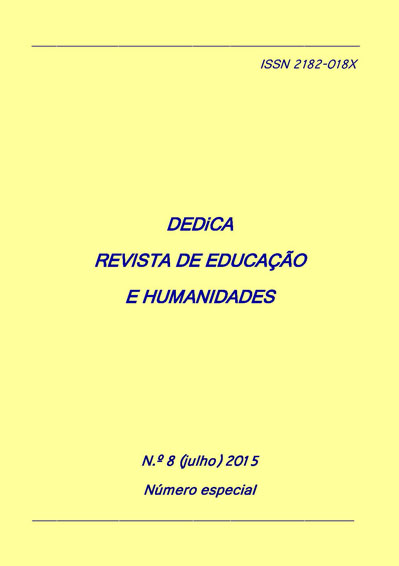Pathology of sequentiality. On the interpenetration of structures of thought and knowledge transmission media
DOI:
https://doi.org/10.30827/dreh.v0i8.6907Keywords:
cross-referentiality, knowledge, sequentiality, sign, textAbstract
Both intellectual production as teaching practices have, over the centuries, encouraging the sequential cognitive models. However, with the appearance of new knowledge transmission media – particularly with the advent of electronic surfaces of the so-called hypertext – the modes of mental organization can no longer be designed only from the linear archetypes of "sequentiality". In order to provide a conceptual approach to this phenomenon, the theoretical proposal that will be presented here will revolve around the concept of "cross-referentiality", whose operative nature brings into play the forms of articulation between thought and knowledge transmission media, as well as the ensuing consequences for the sequential structuring of thought itself.Downloads
References
Barthes, R. (1999). S/Z. Lisboa: Edições 70.
Bush, V. (1945). As we may think. Atlantic Monthly, 176, 1 (1945) 101-108.
Conklin, J. (1987). Hypertext: An Introduction and Survey. Computer, 20, 9, September (1987) 17-41.
Hayles, N. K. (2010). How We Read: Close, Hyper, Machine. ADE Bulletin, 150 (2010) 62-79.
Luhmann, N. (2011). Einführung in die Systemtheorie, Hrsg. von Dirk Baecker. Heidelberg: Carl-Auer Verlag, sechste Auflage.
McDonald, S.; Stevenson, R. J. (1996). Disorientation in hypertext: the effects of three text structures on navigation performance. Applied Ergonomics, 27, 1 (1996) 61-68.
McLuhan, M. (2001). Undertanding Media. The Extensions of Man. London and New York: Routledge.
Ong, W. J. (2005). Orality and Literacy. The Technologizing of the World. London and New York: Routledge.












